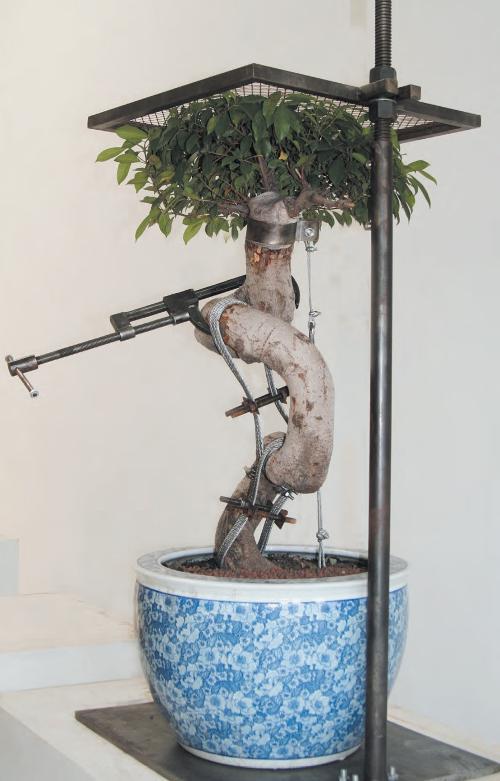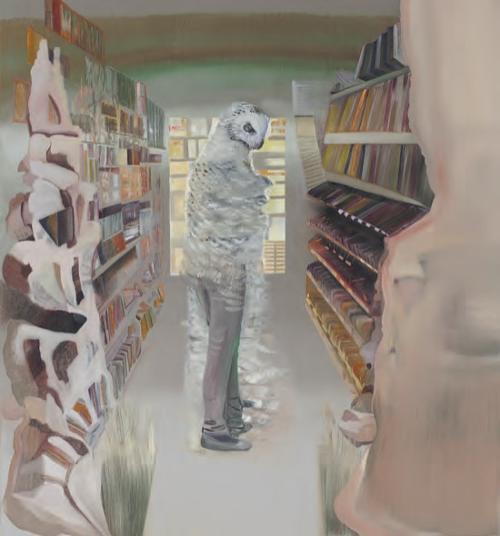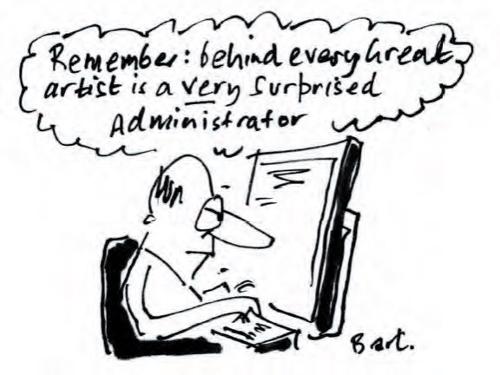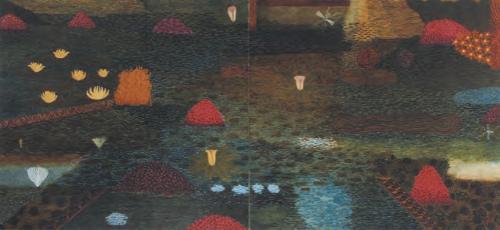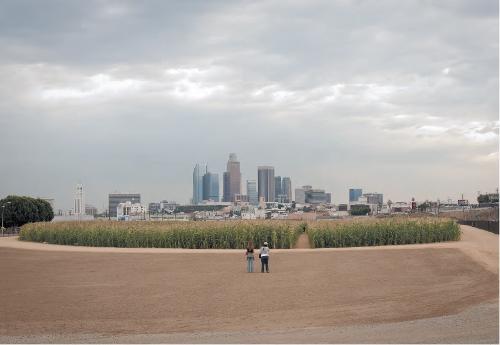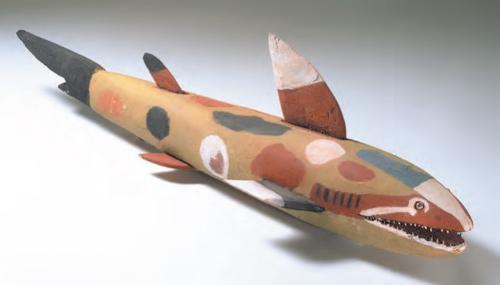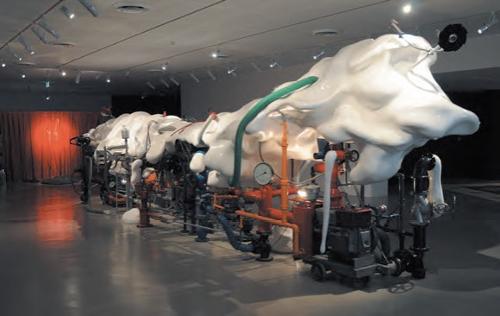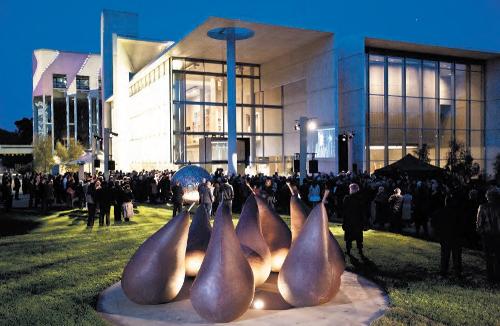.jpg)
The beauty and power of Renaissance 'wunderkammer' or 'cabinets of curiosity' derives from their massed arrangements of diverse attractive and curious natural, exotic and man-made objects. 'Curious Colony: A twenty first century Wunderkammer' adapts this aesthetic strategy to consider the quality of curiosity in the colony of New South Wales, through a focus on its early ‘power couple’, Lachlan and Elizabeth Macquarie and Newcastle. The exhibition is equally about the attempt to comprehend the objects of curiosity, and the quality of order as a response to wilderness and oddness.
'Curious Colony' is largely sourced from the Newcastle Region Art Gallery collection, with judicious loans and new commissions. Colonial works depict the natural forms of the colony - its landmarks, flora, fauna – and the local Awabakal people, as well as other "natives of New Holland". Complementing them are contemporary works by artists whose work engages with the social dimensions of colonisation (Imants Tillers, Fiona MacDonald and Narelle Jubelin) or is based in natural forms (Fiona Hall, Louise Weaver, Robyn Stacey and Kate Rohde). Visually, the exhibition riffs on a series of motifs including flower arrangements and dead or taxidermied birds. Kangaroos abound: stiff-limbed in an 1820 etching; sleeping in a willow-pattern pastorale by Danie Mellor; attacked by dogs in Brook Andrew’s 'The Island V' (2008); the melancholy eyeballing sentinel of the reconfigured Australian crest in a new commission from Danie Mellor, 'The Native’s Chest' (2010). This reiterative relational exploration is a major source of the exhibition’s intrigue, power, and visceral pleasure. With this strategy its curator Lisa Slade has made the exhibition a contemporary 'wunderkammer', ricocheting with ideas, associations and resonances. Also working towards this effect is the way in which the exhibition intermingles past and present. Joan Ross’s work 'When I grow up I want to be a forger' (2010) merges the two in an animated colonial fantasia. Detouring from the 1824 Joseph Lycett’s etching 'The Sugar Loaf Mountain, near Newcastle', the work represents the clash of colonisation by the loud crash-grounding of a tall ship moving to dominate the shore and pictorial space.
When the Macquaries left the colony, they took a spectacular Newcastle-made souvenir: a chest built from native timbers, decorated with scenic views, and filled with birds, shells, insects, and other collected items. In response to the 'Macquarie Collectors’ Chest', the Newcastle Region Art Gallery commissioned the ‘twenty-first century wunderkammer’ of the exhibition’s title, 'The Newcastle Chest' (2010). Made by master cabinetmaker Scott Mitchell, its drawers are filled with commissions in response to the original chest’s contents, being Philip Wolfhagen (paintings), Louise Weaver (birds), Bidjigal elder Esme Timbery (shells), Colombian-born Maria Fernandez Cardoso (insects), and Lionel Bawden (curiosities). This beautifully balanced and apt selection reveals the changed nature of Australian society. Where the 'Macquarie Collectors’ Chest' was created by Europeans in an alien land, and filled with all from the natural world that was novel and curious,'The Newcastle Chestwas' created by a community for whom Australia is home, reflecting on their society and conscious of its history.
.jpg)
In Newcastle, the ‘before’ images of the past were in ready contrast with the current ‘after’, making the consequences of the settlers’ curiosity and the governorship of Macquarie very apparent. Nobbie’s Island – the stubby outcrop that marked the entrance to the then Coal River – is now Nobbie’s Head, supporting a lighthouse and connected to the mainland by a long breakwater that also extends seaward. From this reference point, it would seem that the dramatic moon- and fire-lit assembly depicted in Joseph Lycett’s 'Corroboree at Newcastle', (circa 1818), must have taken place almost where the gallery stands now. The quintessential Newcastle view – a vista of sea and sky, its anonymising sublime tendencies interrupted at the horizon by a studded string of freighters – is the subject of a Philip Wolfhagen work for 'The Newcastle Chest'.
The profound achievement of the exhibition is the way in which the local is tied to the global, the historical to the contemporary, and key issues of today – the regions, Indigenous/non-Indigenous relationships, resource use and the environment – are located in place. Slade achieves this by showing the importance of Newcastle to the early colony, and locating the knowledge generated from Newcastle and its surrounds within an art history that predates and streams around it. The exhibition explicates and embodies the circulating currents of influence between the young Colony and Europe, and how these continue. Renaissance 'Wunderkammer' were demonstrations of a single individual’s power; the effect of 'Curious Colony' is to devolve power, locating it in every individual.
Curious Colony will be touring to the SH Ervin Gallery, Sydney, 11 January – 20 February 2011.

